As of 2025, US law requires a “human author” for copyright protection. Works created entirely by AI — with no meaningful human contribution — are not protected. However, hybrid works, where AI is a tool guided by human input and creative decisions, may qualify for partial protection depending on the degree of human authorship.
That depends on several factors, including the purpose of the use, its commercial nature, the amount of material used and its impact on the original work’s market. Some courts have ruled training as “transformative,” while others see it as a substitute that harms creators. The legal consensus remains in flux, and fair use is evaluated case by case.
- US: Focuses on case law and fair use, with rulings evolving through lawsuits.
- EU: Emphasizes transparency and accountability, requiring developers to publish summaries of training data.
- Asia: Generally more permissive; Japan and Singapore allow data mining for AI training under broad exemptions.
The result is a fragmented global landscape that complicates compliance for multinational companies.
You May Have Missed
Writers Depot Legal Looting Giveaway Pop
Demo Description
WIN $500 OF SHOPPING!
This will close in 0 seconds
This website uses cookies to improve your experience. We'll assume you're ok with this, but you can opt-out if you wish. Cookie settingsACCEPT
Privacy & Cookies Policy
Privacy Overview
This website uses cookies to improve your experience while you navigate through the website. Out of these cookies, the cookies that are categorized as necessary are stored on your browser as they are as essential for the working of basic functionalities of the website. We also use third-party cookies that help us analyze and understand how you use this website. These cookies will be stored in your browser only with your consent. You also have the option to opt-out of these cookies. But opting out of some of these cookies may have an effect on your browsing experience.
Necessary cookies are absolutely essential for the website to function properly. This category only includes cookies that ensures basic functionalities and security features of the website. These cookies do not store any personal information.
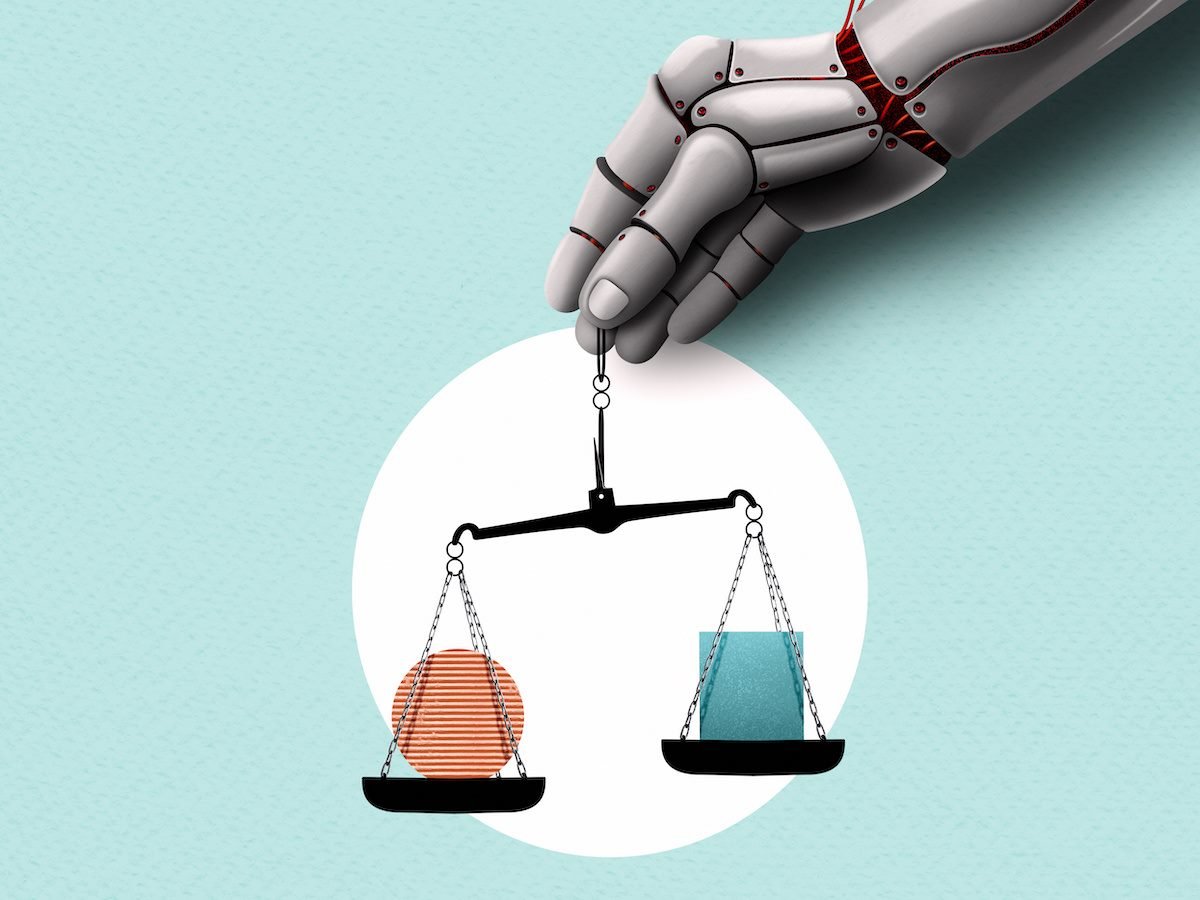
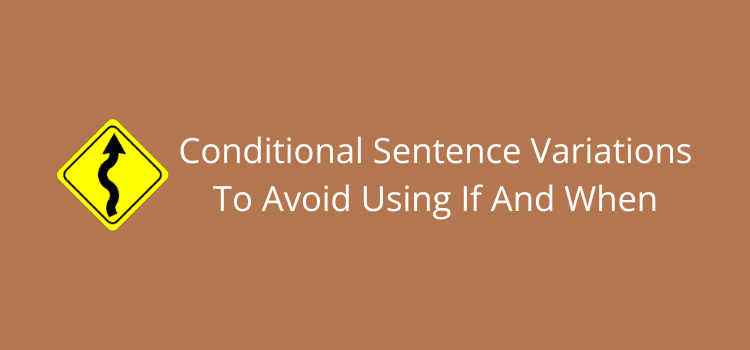




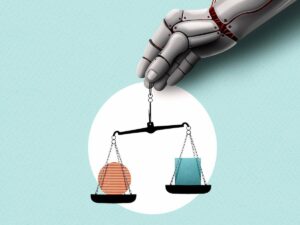

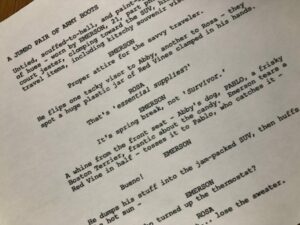




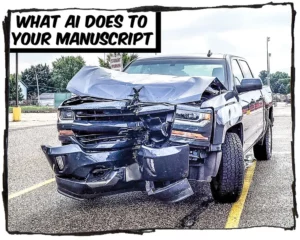
Post Comment